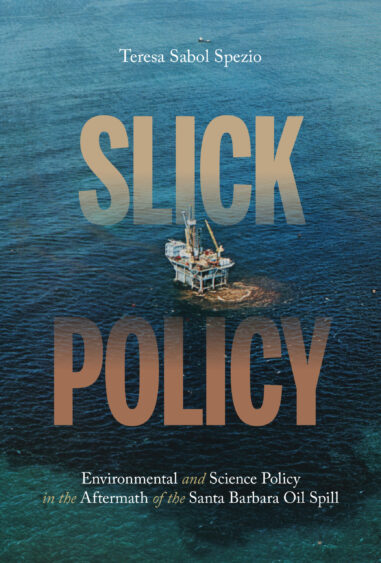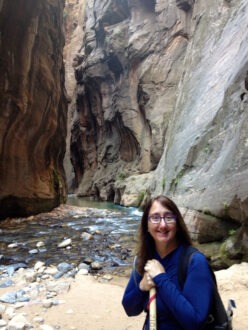In January 1969, the blowout on an offshore oil platform off the coast of Santa Barbara, California, and the resulting oil spill proved to be a transformative event in pollution control and the nascent environmental activism movement. It accelerated the advancement of federal government policies and would change the way the federal government managed environmental pollution. Over the next three years, Congress worked to pass laws such as the National Environmental Policy Act and the Clean Water Act, and revolutionized the way that the United States dealt with environmental pollution. At the same time, scientists developed methods to detect chemical pollution that had been discharged into rivers and streams by industrial facilities.
Slick Policy presents an original and in-depth history of the 1969 Santa Barbara spill. Teresa Sabol Spezio provides a background of water pollution control, government oversight of federally-funded projects, and chemical detection methods in place prior to the spill. She then shows how scientists and politicians used public outrage over the spill to implement wide-ranging changes to federal environmental and science policy, and demonstrates the advancements to offshore oil drilling, pollution technology, and water protection law that resulted from these actions.



